Home>Garden Essentials>What Is The Difference Between Artificial Grass And Astro Turf
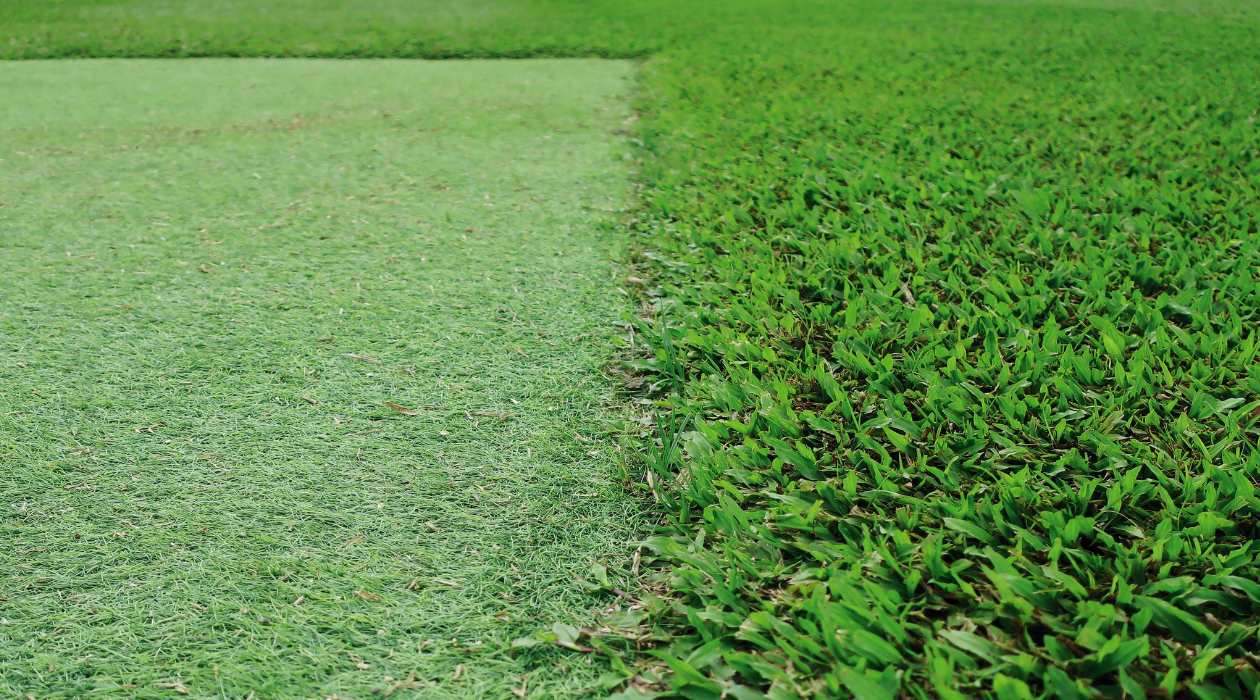

Garden Essentials
What Is The Difference Between Artificial Grass And Astro Turf
Modified: March 25, 2024
Discover the key distinctions between artificial grass and Astro Turf for your garden. Make an informed choice with this informative guide.
(Many of the links in this article redirect to a specific reviewed product. Your purchase of these products through affiliate links helps to generate commission for Storables.com, at no extra cost. Learn more)
Introduction
Welcome to the world of artificial grass and astro turf! In recent years, these synthetic alternatives to natural grass have gained immense popularity for their durability, low maintenance, and aesthetic appeal. Whether you’re considering them for your backyard, sports field, or commercial space, understanding the difference between artificial grass and astro turf is crucial to make an informed decision.
In this comprehensive guide, we will explore the definition, materials, manufacturing process, appearance, durability, maintenance, cost, environmental impact, and suitable applications of both artificial grass and astro turf. So, let’s dive deeper into these artificial landscaping options and discover which one is the perfect fit for your needs.
Key Takeaways:
- Artificial grass is great for homes, playgrounds, and commercial spaces, mimicking real grass without the need for water or harmful chemicals. With proper care, it can last 10-15 years or more.
- Astro turf is perfect for sports fields and training facilities, offering a durable and consistent playing surface. It can last 10-20 years with proper maintenance, making it ideal for various sports activities.
Read more: What Is An Astro Turf
Definition of Artificial Grass and Astro Turf
Artificial grass and astro turf refer to synthetic alternatives to natural grass that are designed to mimic the look and feel of real grass. These products are made using a combination of materials to create a durable and realistic surface. While the terms “artificial grass” and “astro turf” are often used interchangeably, there are some subtle differences between the two.
Artificial grass is a general term that encompasses a wide range of synthetic grass products. It is typically made from a blend of fibers, such as nylon, polyethylene, or polypropylene, which are stitched onto a backing material. The fibers are designed to resemble the appearance and texture of natural grass, with variations in color, length, and density. Artificial grass is commonly used in residential landscaping, sports fields, and playgrounds.
Astro turf, on the other hand, is a specific type of artificial grass that was originally developed for sports purposes. It is often made from shorter and denser fibers, which provide a consistent playing surface for sports like soccer, football, and tennis. Astro turf is known for its exceptional durability and resistance to heavy foot traffic.
While the distinction between artificial grass and astro turf may seem minor, it is important to consider the specific requirements of your project when choosing between the two. If you are looking for a realistic and versatile grass alternative for your backyard or landscaping needs, artificial grass may be the ideal choice. However, if you require a highly durable and specialized surface for sports activities, astro turf might be the preferred option.
Now that we’ve defined artificial grass and astro turf, let’s explore their materials and composition to gain a deeper understanding of what makes them tick.
Materials and Composition
Both artificial grass and astro turf are composed of various materials that are carefully selected for their durability, resilience, and realistic appearance. Understanding the composition of these synthetic grass options is crucial to determine their suitability for different applications.
Artificial grass typically consists of three main components: the backing material, the fibers, and the infill. The backing material serves as the foundation of the artificial grass and provides stability and support. It is usually made of a durable material, such as polyurethane or latex. The quality of the backing material determines how well the artificial grass holds up over time.
The fibers of artificial grass are typically made from either nylon, polyethylene, or polypropylene. Each of these materials has unique characteristics that contribute to the overall performance of the grass. Nylon fibers are highly resilient and can withstand heavy foot traffic, making them suitable for sports fields and high-traffic areas. Polyethylene fibers offer a softer and more realistic feel, making them a popular choice for residential applications. Polypropylene fibers are typically used in lower-cost artificial grass options.
In addition to the backing material and fibers, artificial grass also includes infill. Infill is a layer of material that is spread over the artificial grass to enhance its stability, cushioning, and drainage. Some common infill materials include silica sand, rubber granules, and a mixture of sand and rubber. The choice of infill material depends on factors such as the intended use of the artificial grass, budget constraints, and personal preferences.
Astro turf, on the other hand, typically has a different composition compared to artificial grass. It is designed to have a shorter pile height and a denser feel to provide optimum playability for sports activities. The fibers used in astro turf are often made of nylon, which is known for its exceptional durability and resistance to wear and tear. The backing material of astro turf is also designed to be more resilient and capable of withstanding the demands of intense sports activities.
Now that we have explored the materials and composition of artificial grass and astro turf, let’s move on to the manufacturing process to understand how these synthetic grass options are created.
Manufacturing Process
The manufacturing process of artificial grass and astro turf involves several steps to create a durable and realistic synthetic surface.
1. Material Preparation: The first step in the manufacturing process is to prepare the materials that will be used to create the artificial grass or astro turf. This includes selecting the appropriate backing material, fibers, and infill based on the desired specifications and application.
2. Fiber Extrusion: The chosen fibers are extruded through a machine to create long strands of synthetic grass. This process involves melting the raw materials and forcing them through small openings to form the desired shape and size of the fibers.
3. Tufting: The extruded fibers are then fed into a tufting machine, which inserts them into the backing material. The tufting machine uses thousands of small needles to puncture the backing and stitch the fibers into place. This creates a secure bond between the backing and the fibers, ensuring the longevity and stability of the artificial grass or astro turf.
4. Coating: Once the fibers are tufted into the backing material, a coating is applied to provide additional protection and stability. The coating helps to bind the fibers together and enhances the overall strength of the synthetic surface.
5. Backing Application: After the coating is applied, the backing material is attached to the bottom of the artificial grass or astro turf. This backing provides stability and support to the synthetic surface and helps to prevent it from shifting or bunching during use.
6. Infill Installation: Infill is then spread over the artificial grass or astro turf to add cushioning and improve performance. The type and amount of infill used depend on factors such as the intended use of the synthetic surface and personal preferences.
7. Quality Control: Before the artificial grass or astro turf is packaged and shipped, it undergoes a rigorous quality control process. This ensures that the product meets the highest standards of durability, aesthetics, and performance.
By following these manufacturing steps, artificial grass and astro turf manufacturers are able to produce high-quality synthetic grass products that closely resemble the look and feel of natural grass.
Now that we have explored the manufacturing process, let’s move on to the next section to learn about the appearance and texture of artificial grass and astro turf.
Appearance and Texture
When it comes to artificial grass and astro turf, their appearance and texture play a crucial role in creating a realistic and visually appealing alternative to natural grass.
Artificial grass is designed to closely mimic the appearance of real grass, with variations in color, length, and density. The fibers used in artificial grass are available in different shades of green and may even incorporate brown or yellow tones to replicate the natural look of a well-maintained lawn. Some high-quality artificial grass products also feature a mix of different blade shapes and textures to further enhance the realism.
The texture of artificial grass can vary depending on the type of fibers used. Polyethylene fibers tend to have a softer and more realistic texture, similar to the feel of natural grass. On the other hand, nylon fibers are generally stiffer and provide a slightly firmer texture. The choice of texture depends on individual preferences and the intended use of the artificial grass.
Astro turf, being specifically designed for sports activities, has a distinct appearance and texture. The fibers used in astro turf are shorter and more densely packed to create a consistent playing surface. The shorter pile height and dense texture of astro turf provide better ball roll and player traction during sports activities.
In terms of aesthetics, both artificial grass and astro turf offer a lush and vibrant appearance that can enhance the visual appeal of any space. Their consistent color and texture make them an attractive landscaping option, especially in areas with challenging growing conditions or heavy foot traffic.
It is worth noting that the appearance and texture of artificial grass and astro turf can vary depending on the quality of the product. Higher-quality options usually have more realistic and natural-looking features, while lower-quality options may appear less authentic.
Now that we have discussed the appearance and texture of artificial grass and astro turf, let’s move on to the next section to explore their durability and lifespan.
Read more: What Are The Alternatives To Astro Turf?
Durability and Lifespan
Durability and lifespan are important factors to consider when choosing between artificial grass and astro turf. Both options are designed to be long-lasting and can withstand various weather conditions and heavy use.
Artificial grass is known for its exceptional durability. The combination of high-quality fibers and a sturdy backing material enables artificial grass to withstand heavy foot traffic, UV exposure, and temperature fluctuations without losing its shape or color. Additionally, artificial grass is designed with excellent drainage capabilities, allowing water to pass through easily and preventing puddling or waterlogging.
The lifespan of artificial grass depends on several factors, including the quality of the product, the amount of foot traffic it receives, and the level of maintenance. On average, artificial grass can last between 10 and 15 years, but with proper care and maintenance, it can exceed this timeframe. Regularly brushing the grass to keep the fibers upright, removing debris, and occasional deep cleaning can help prolong its lifespan.
Astro turf, being specifically engineered for sports activities, is built to withstand constant use and rigorous play. The shorter and denser fibers used in astro turf make it highly durable and resistant to wear and tear. It can handle the intense demands of sports like soccer, football, and tennis without compromising its performance or appearance.
Similar to artificial grass, the lifespan of astro turf depends on factors such as the quality of the product, the frequency of use, and the level of maintenance. With proper care, astro turf can last between 10 and 20 years, ensuring long-lasting performance on sports fields and other high-traffic areas.
It’s important to note that while both artificial grass and astro turf are designed to be durable, they may experience some wear and tear over time. However, regular maintenance and proper care can help extend the lifespan of both options, ensuring years of enjoyment and functionality.
Now that we have explored the durability and lifespan of artificial grass and astro turf, let’s delve into the topic of maintenance and upkeep.
Artificial grass is a general term for synthetic turf, while AstroTurf is a specific brand of artificial turf. AstroTurf is typically used for sports fields and is known for its durability and performance. When comparing the two, consider factors such as cost, maintenance, and intended use.
Maintenance and Upkeep
One of the key advantages of artificial grass and astro turf is their low maintenance requirements compared to natural grass. Both options offer a hassle-free alternative that saves time, money, and effort when it comes to upkeep.
Artificial grass requires minimal maintenance to keep it looking fresh and vibrant. Here are some key maintenance tasks:
- Regular brushing: Brushing the artificial grass with a stiff broom or a special brush helps keep the fibers upright, preventing them from matting or becoming flattened.
- Debris removal: Regularly removing leaves, twigs, and other debris from the surface of the grass helps maintain its visual appeal and prevent blockages in the drainage system.
- Occasional cleaning: Periodically cleaning the artificial grass with water or a mild detergent solution can help remove dirt, dust, and stains. Avoid using harsh chemicals or high-pressure washers, as they may damage the grass fibers.
- Addressing pet waste: If you have pets, it’s important to promptly pick up and dispose of their waste. Rinsing the area with water afterwards can help maintain a clean and odor-free surface.
- Checking the infill: Over time, the infill material may settle or get displaced. Periodically checking and redistributing the infill can help ensure consistent performance and cushioning.
Astro turf, being used primarily for sports activities, also requires regular maintenance to keep it in optimal condition. Here are some maintenance tasks specific to astro turf:
- Regular brushing: Brushing the astro turf helps maintain the optimal traction and surface consistency for sports performance. It also helps prevent the fibers from becoming matted or compacted.
- Inspecting seams and borders: Regularly examining the seams and borders of the astro turf helps identify any areas that may require repair or reinforcement due to heavy use or wear and tear.
- Cleaning and disinfection: Depending on the level of use, periodic cleaning and disinfection of the astro turf may be necessary to maintain hygiene and prevent the growth of bacteria or fungi.
- Addressing injury or damage: In the event of injury or damage to the astro turf, prompt repair is essential to prevent further deterioration and ensure the safety of players.
It’s important to follow the manufacturer’s recommendations and guidelines for maintenance to ensure the longevity and performance of both artificial grass and astro turf. By incorporating regular maintenance tasks into your routine, you can enjoy a beautiful and functional synthetic surface without the extensive upkeep required by natural grass.
Now that we have discussed maintenance and upkeep, let’s move on to the topic of cost and installation.
Cost and Installation
The cost and installation process of artificial grass and astro turf can vary depending on factors such as the size of the area, the quality of the product, and any additional features or customization desired. Here’s a breakdown of the cost and installation considerations for both options:
Artificial Grass:
The cost of artificial grass typically includes the following:
- Material cost: The cost will depend on the quality and type of artificial grass selected, with higher-quality options usually carrying a higher price tag.
- Labor cost: If you choose to have professionals install the artificial grass, there will be labor costs involved. These costs may vary depending on the complexity of the installation and the size of the area.
- Additional materials: Depending on the specific installation requirements, additional materials such as infill, edging, and adhesive may be necessary, adding to the overall cost.
The installation process typically involves the following steps:
- Site preparation: This includes removing any existing grass or vegetation, ensuring proper drainage, and leveling the area.
- Laying the base: A layer of crushed stone or gravel is spread over the prepared area to provide stability and ensure proper drainage.
- Rolling out the artificial grass: The artificial grass is carefully unrolled and secured in place, ensuring it fits the area perfectly.
- Securing the edges: Edging materials are installed along the perimeter to hold the artificial grass in place.
- Infill application: If necessary, infill material is spread evenly over the artificial grass to provide cushioning and support.
- Grooming and finishing touches: The artificial grass is brushed and groomed to ensure the fibers stand upright, giving it a natural appearance.
Astro Turf:
The cost of astro turf installation factors in similar considerations to artificial grass, including materials, labor, and additional requirements. However, astro turf installations tend to be more specialized and focused on sports applications.
The installation process for astro turf may include additional steps such as:
- Prepping the sub-base: Sports field sub-bases may require specific depth and compaction to meet regulations and ensure optimal performance.
- Applying shock pads: Depending on the level of play and safety requirements, shock pads may be installed beneath the astro turf for added cushioning and impact absorption.
- Line marking: The sports field lines and markings are added using specialized paint or adhesive for accurate game play.
It’s important to obtain quotes from reputable suppliers and consider the long-term benefits and cost savings when comparing the initial investment of artificial grass or astro turf to the ongoing maintenance expenses of natural grass.
Now that we have discussed the cost and installation considerations, let’s move on to the topic of environmental impact.
Environmental Impact
When considering artificial grass and astro turf, it is important to understand their environmental impact. While these synthetic alternatives offer various benefits, they also come with certain environmental considerations.
Artificial Grass:
One of the main environmental advantages of artificial grass is water conservation. With artificial grass, there is no need for regular watering to maintain a lush appearance, thereby reducing water consumption. Additionally, artificial grass eliminates the need for harmful chemical pesticides and fertilizers that are commonly used on natural grass, resulting in a decrease in chemical runoff into the ecosystem. This can have a positive impact on water quality and biodiversity.
However, it is important to note that artificial grass is made from non-biodegradable materials and is not recyclable. At the end of its lifespan, it will end up in landfills. This raises concerns about the long-term environmental impact and sustainability of artificial grass. Some manufacturers are taking steps to address this issue by developing more eco-friendly alternatives and promoting recycling programs for artificial grass materials.
Astro Turf:
Astro turf, being primarily used for sports activities, offers similar environmental benefits to artificial grass. It reduces water consumption, eliminates the need for chemical treatments, and minimizes the environmental impact associated with maintaining natural grass fields. Additionally, the durability of astro turf means reduced replacement frequency compared to natural grass, which can result in lower material consumption and waste generation over time.
Similar to artificial grass, the non-biodegradable nature of astro turf poses a challenge in terms of disposal at the end of its life cycle. However, advancements in technology and sustainability efforts within the industry are continuously working towards developing more eco-friendly materials and recycling programs.
In summary, while artificial grass and astro turf offer water savings, reduced chemical usage, and decreased maintenance needs compared to natural grass, their non-biodegradable nature raises concerns about long-term environmental impact. As the industry evolves, manufacturers are working towards finding more sustainable solutions and promoting recycling initiatives for synthetic turf materials.
Now that we have discussed the environmental impact, let’s explore the suitable applications for artificial grass and astro turf.
Read more: What Is Astro Turf Made Of
Suitable Applications
Artificial grass and astro turf are versatile landscaping options that can be used in a wide range of applications, both residential and commercial. Here are some examples of suitable applications for each:
Artificial Grass:
- Residential Lawns: Artificial grass is a popular choice for homeowners who want to enjoy a beautiful lawn without the extensive maintenance. It provides a lush and green landscape that remains vibrant all year round.
- Pet Areas: Artificial grass is an excellent solution for pet owners, as it is resistant to staining, easy to clean, and does not support the growth of bacteria or fleas. It provides a comfortable and safe environment for pets to play and relax.
- Playgrounds: Artificial grass offers a soft and cushioned surface, making it ideal for playgrounds. It provides a safer play area by minimizing the risk of injuries from falls, and it is durable enough to withstand heavy foot traffic.
- Sports Fields: Artificial grass is commonly used in sports fields, including soccer, football, and baseball fields. Its consistent playing surface, durability, and reduced maintenance requirements make it a preferred choice for sports facilities.
- Commercial Spaces: Many commercial spaces, such as hotels, resorts, and event venues, use artificial grass to create attractive and low-maintenance outdoor areas. It adds a touch of greenery and enhances the overall aesthetic of the space.
Astro Turf:
- Sports Fields: Astro turf is designed specifically for sports activities and is widely used in various sports fields, including soccer, football, tennis, and field hockey. Its durability, consistent playing surface, and ability to withstand heavy use make it an ideal choice for sports facilities.
- Golf Putting Greens: Astro turf is often installed in residential or commercial settings to create synthetic golf putting greens. It provides a smooth and consistent surface for golf practice and recreational play.
- Training Facilities: Astro turf is commonly used in sports training facilities and gyms to create versatile and durable surfaces for functional training, agility drills, and general workouts.
- Multisport Areas: Astro turf can be utilized in spaces that accommodate multiple sports activities, such as multi-use courts or recreational areas. Its versatility makes it suitable for various sports and activities.
Both artificial grass and astro turf offer reliable and low-maintenance solutions for creating aesthetically pleasing and functional outdoor spaces. The choice between the two depends on the specific requirements and intended use of the area.
Now that we have explored the suitable applications for artificial grass and astro turf, let’s conclude our comprehensive guide.
Conclusion
Artificial grass and astro turf provide compelling alternatives to natural grass, offering numerous benefits such as low maintenance, durability, and aesthetic appeal. Understanding the similarities and differences between these synthetic grass options is crucial in making an informed decision for your specific needs.
Artificial grass is a versatile option suitable for residential lawns, pet areas, playgrounds, sports fields, and commercial spaces. It closely mimics the look and feel of real grass while reducing water consumption and eliminating the need for harmful chemicals. With proper maintenance, artificial grass can provide a beautiful and functional landscape for 10 to 15 years or more.
Astro turf, specifically designed for sports activities, is ideal for sports fields, golf putting greens, training facilities, and multisport areas. Its durability and consistent playing surface make it a preferred choice for sports enthusiasts and facility managers. With proper care, astro turf can last between 10 and 20 years, providing a reliable surface for various sports and recreational activities.
While both artificial grass and astro turf come with certain environmental considerations, such as their non-biodegradable nature, efforts are being made within the industry to develop more sustainable materials and promote recycling initiatives.
When considering artificial grass or astro turf, it’s essential to assess factors such as cost, installation requirements, environmental impact, and suitable applications. Research reputable suppliers, obtain quotes, and consider the long-term benefits when making your decision. Remember, proper maintenance and care are key to extending the lifespan and performance of both options.
Ultimately, whether you choose artificial grass or astro turf, you can enjoy a beautiful, low-maintenance, and functional alternative to natural grass, enhancing your outdoor spaces for years to come.
We hope this comprehensive guide has provided you with valuable insights into the world of artificial grass and astro turf. Now it’s time to make your choice and create the perfect green oasis!
Frequently Asked Questions about What Is The Difference Between Artificial Grass And Astro Turf
Was this page helpful?
At Storables.com, we guarantee accurate and reliable information. Our content, validated by Expert Board Contributors, is crafted following stringent Editorial Policies. We're committed to providing you with well-researched, expert-backed insights for all your informational needs.
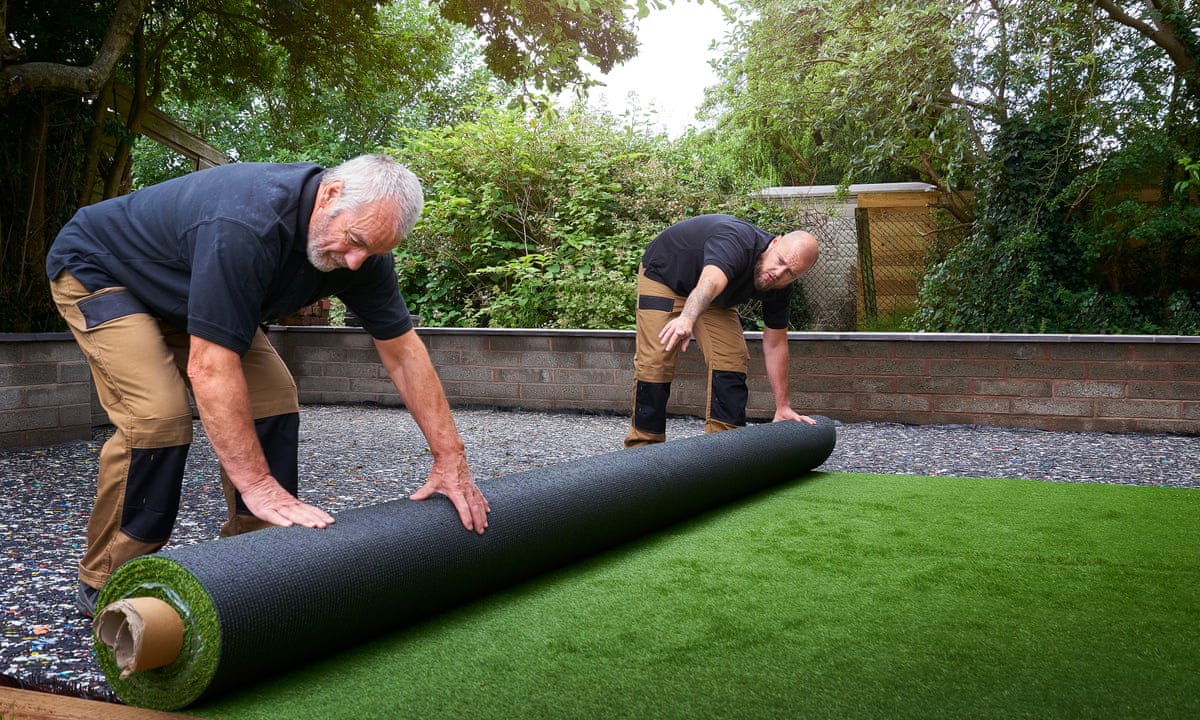
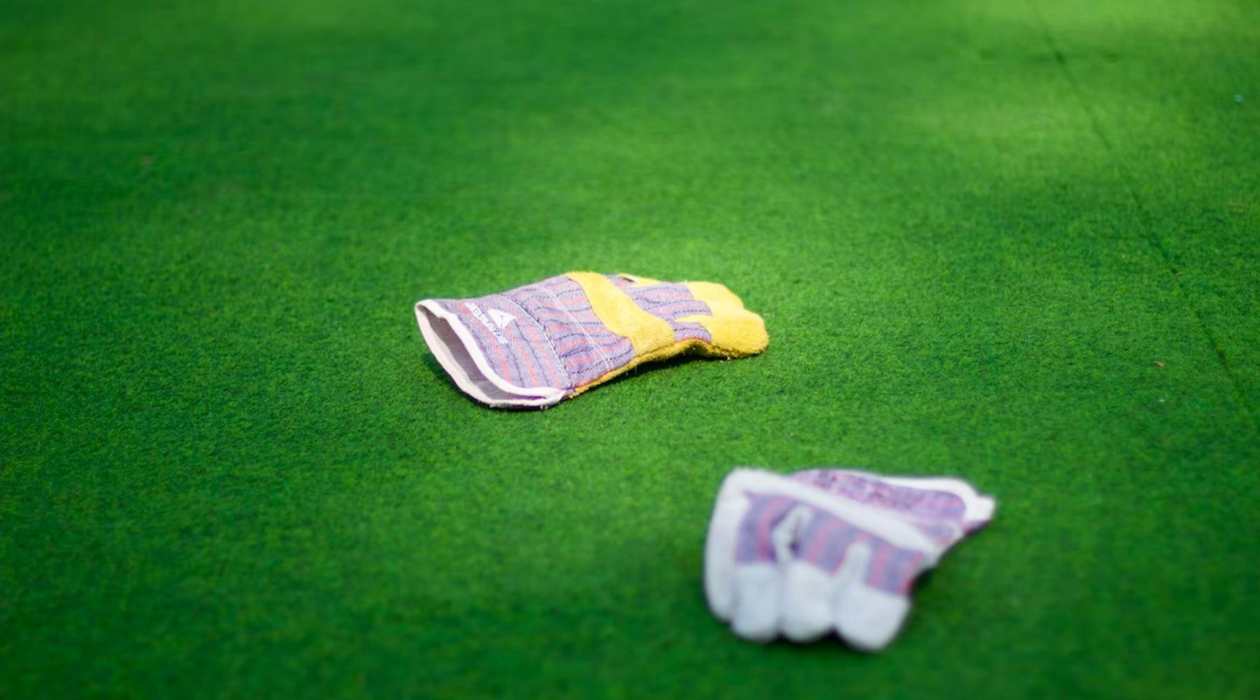
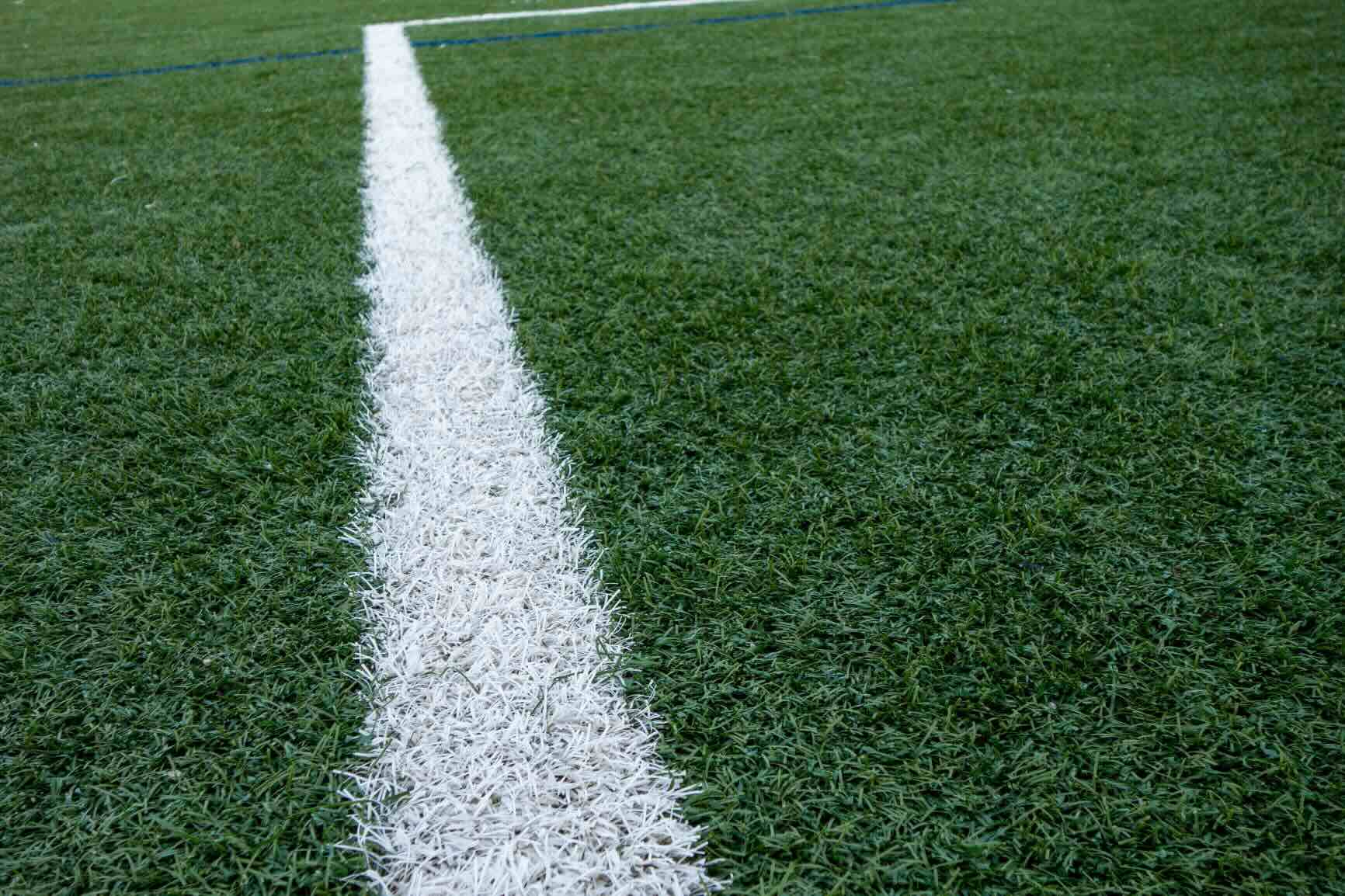
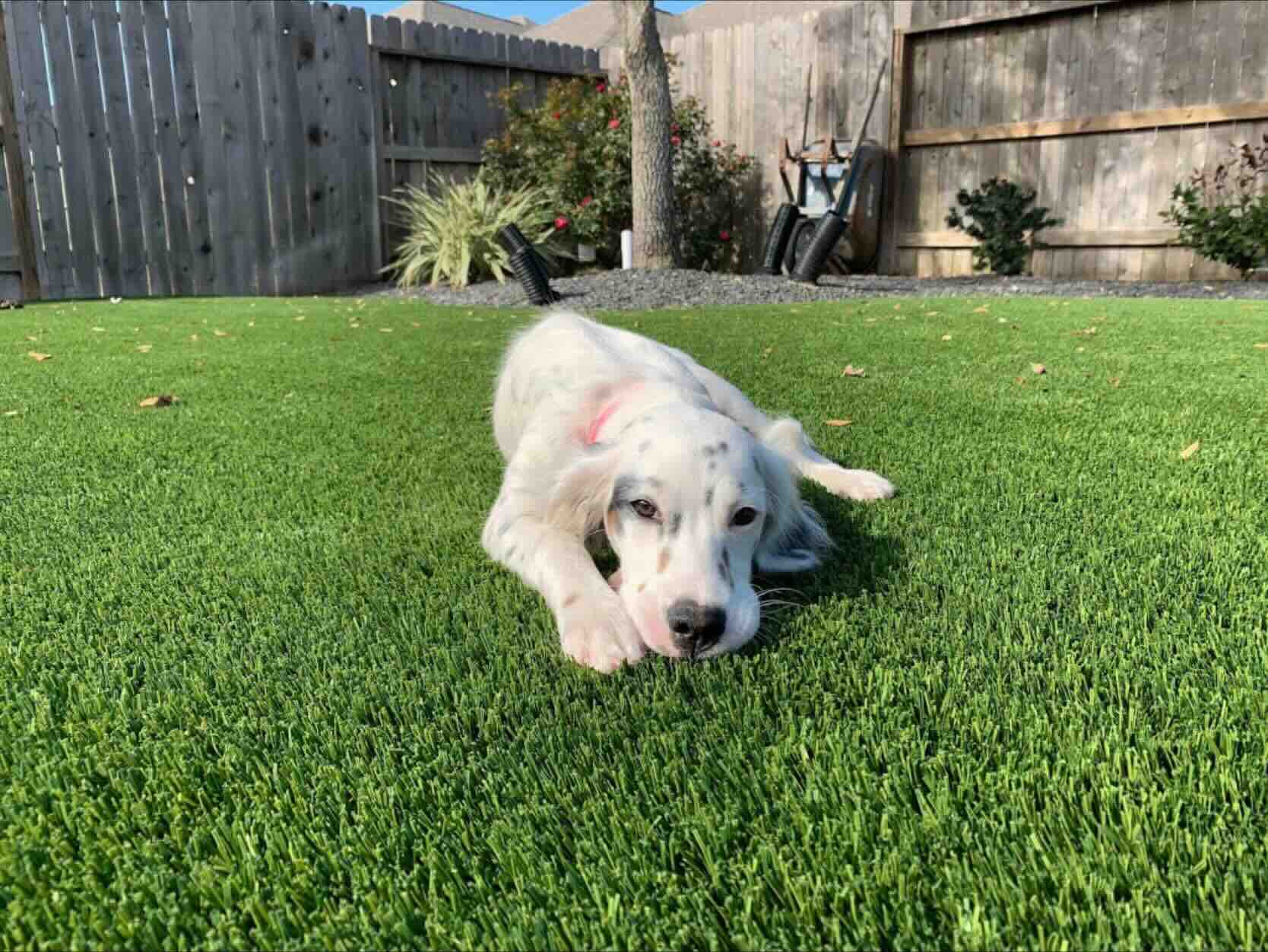
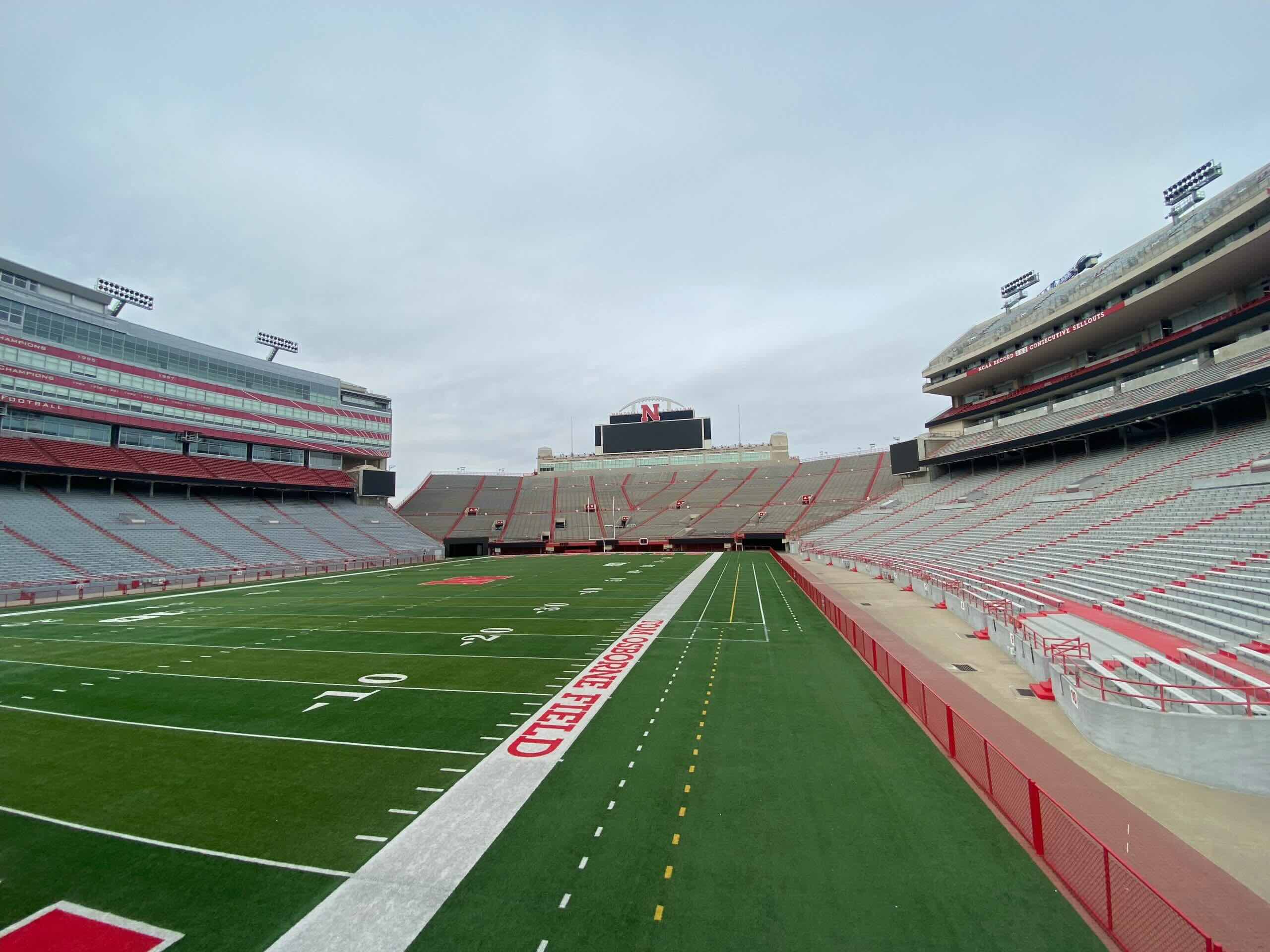
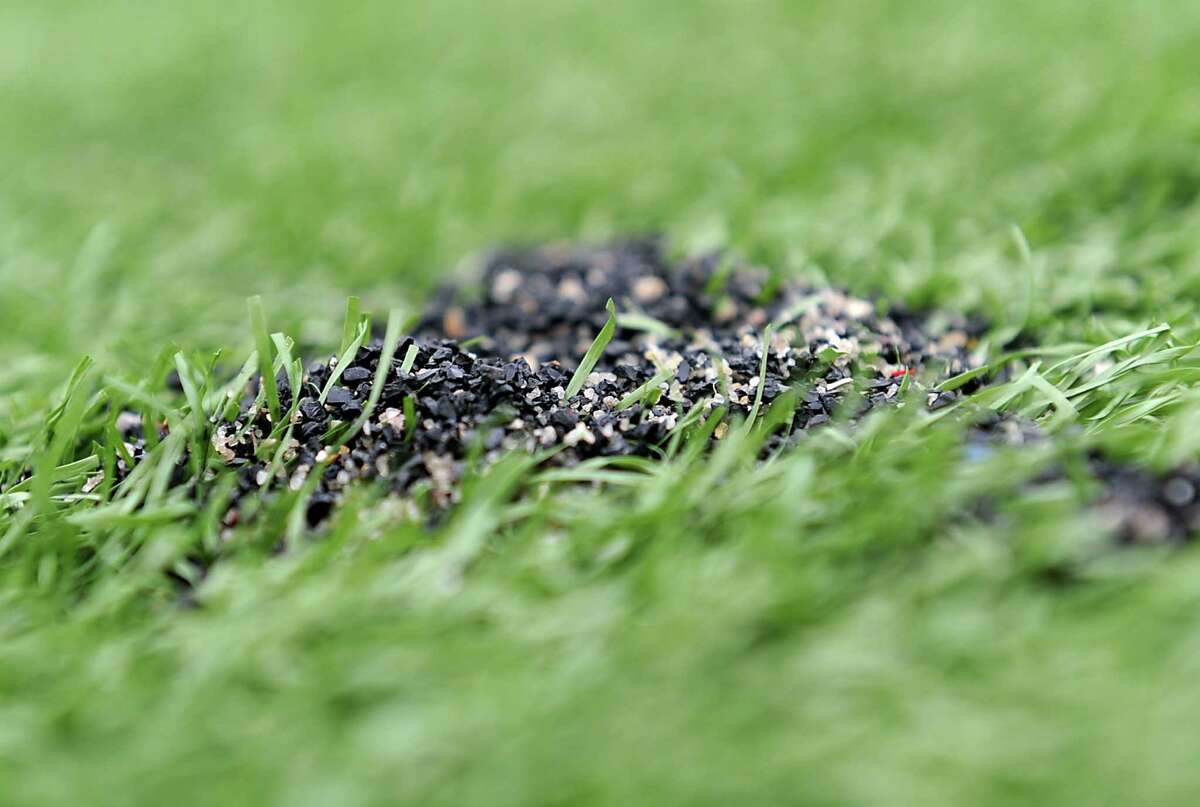
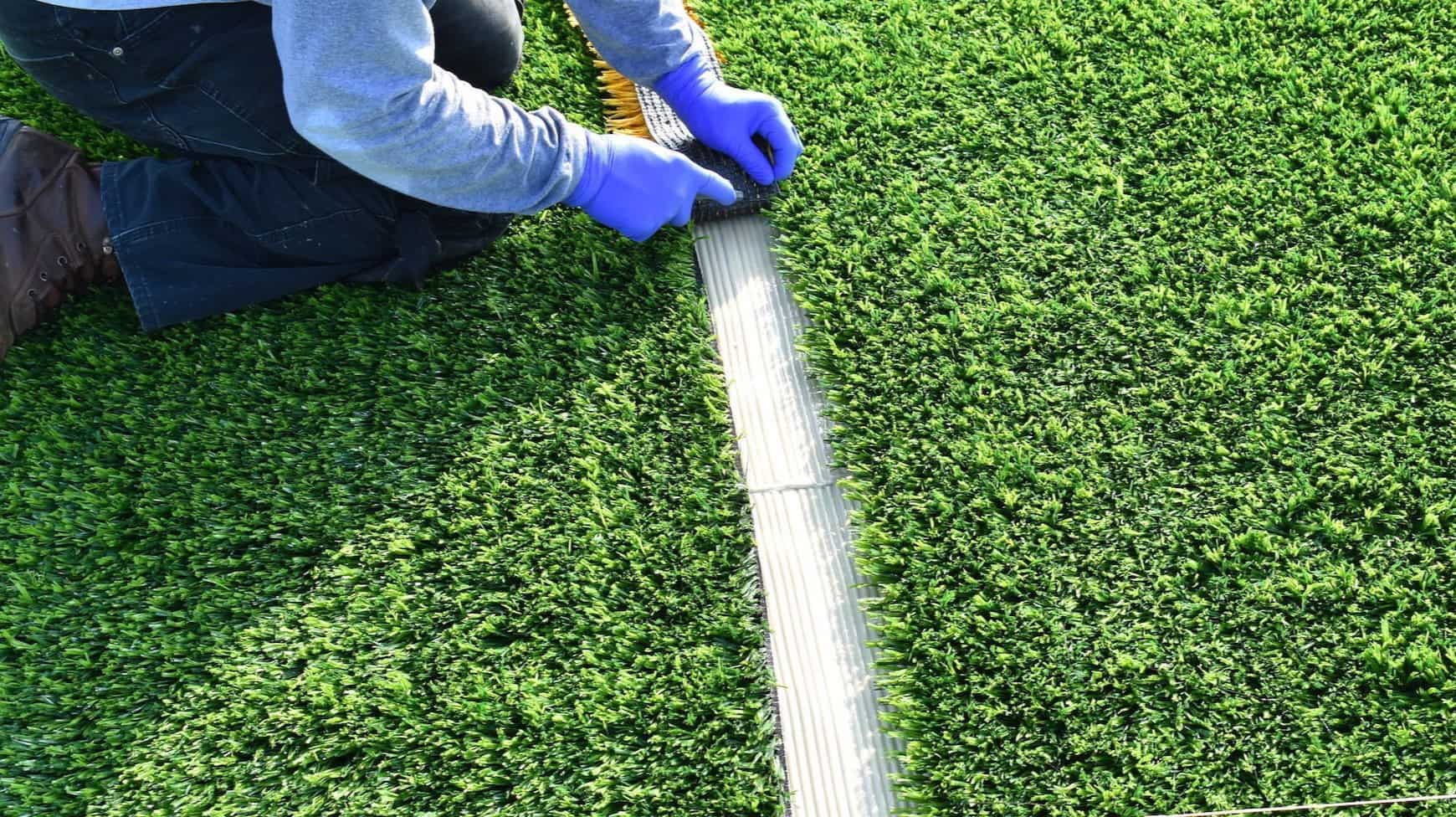
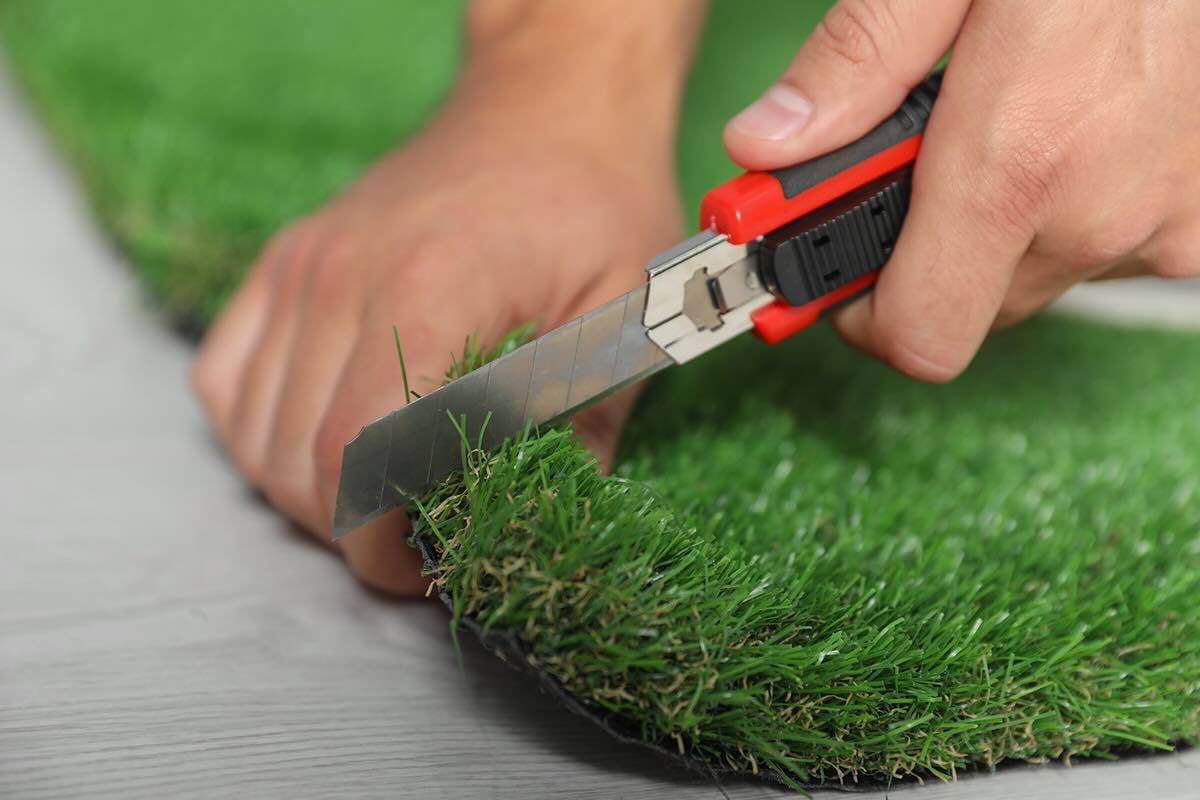
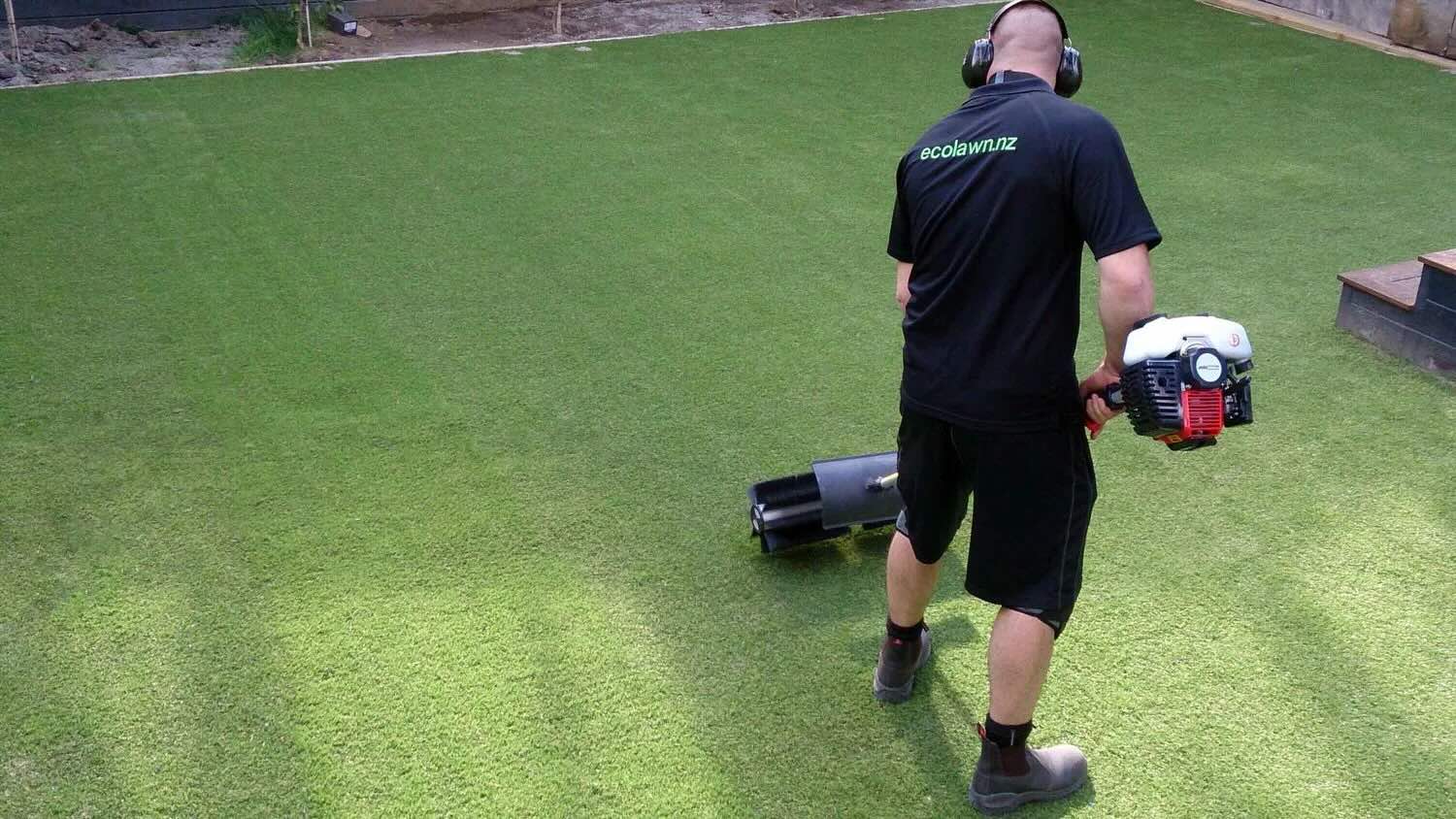
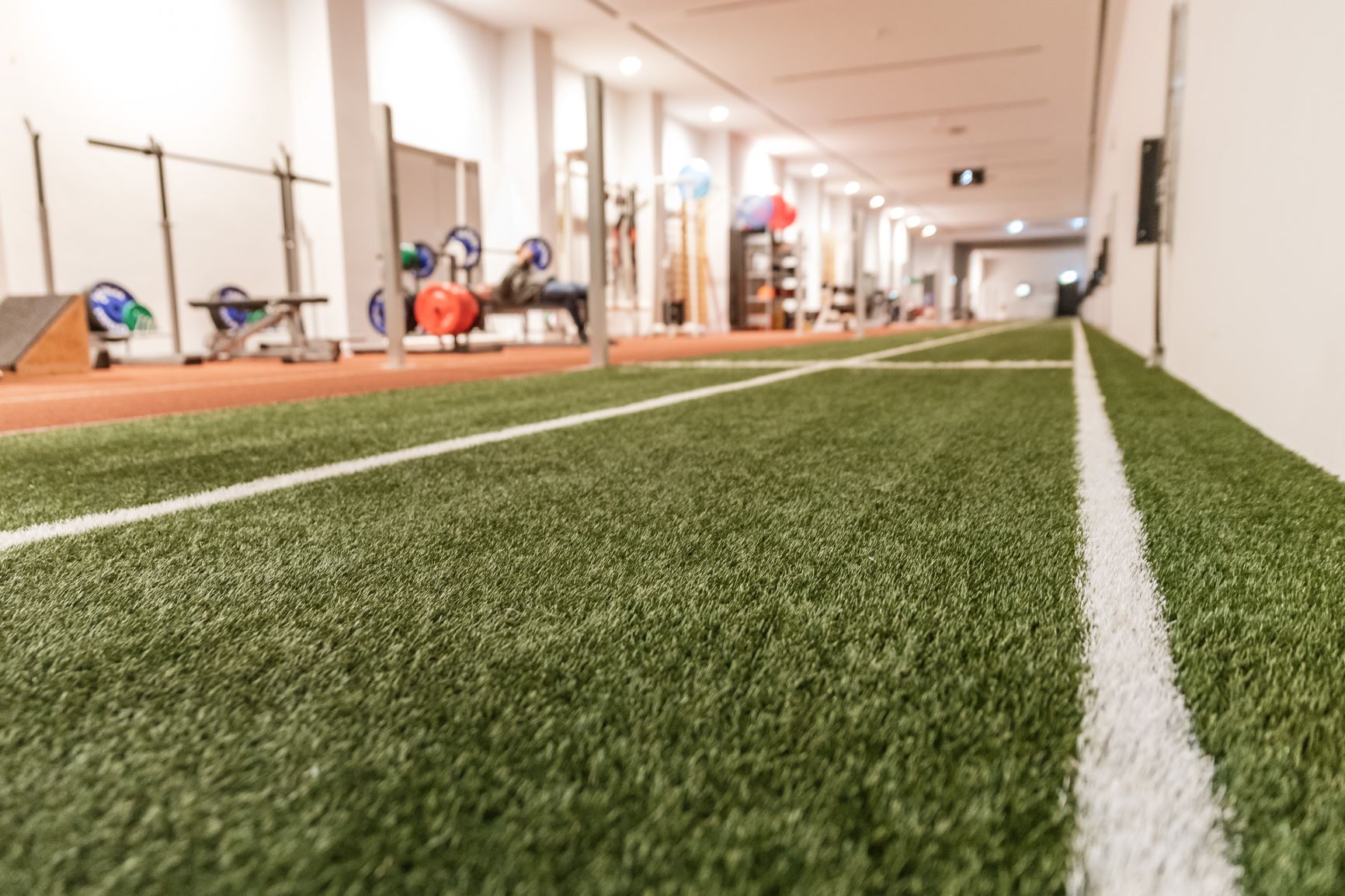
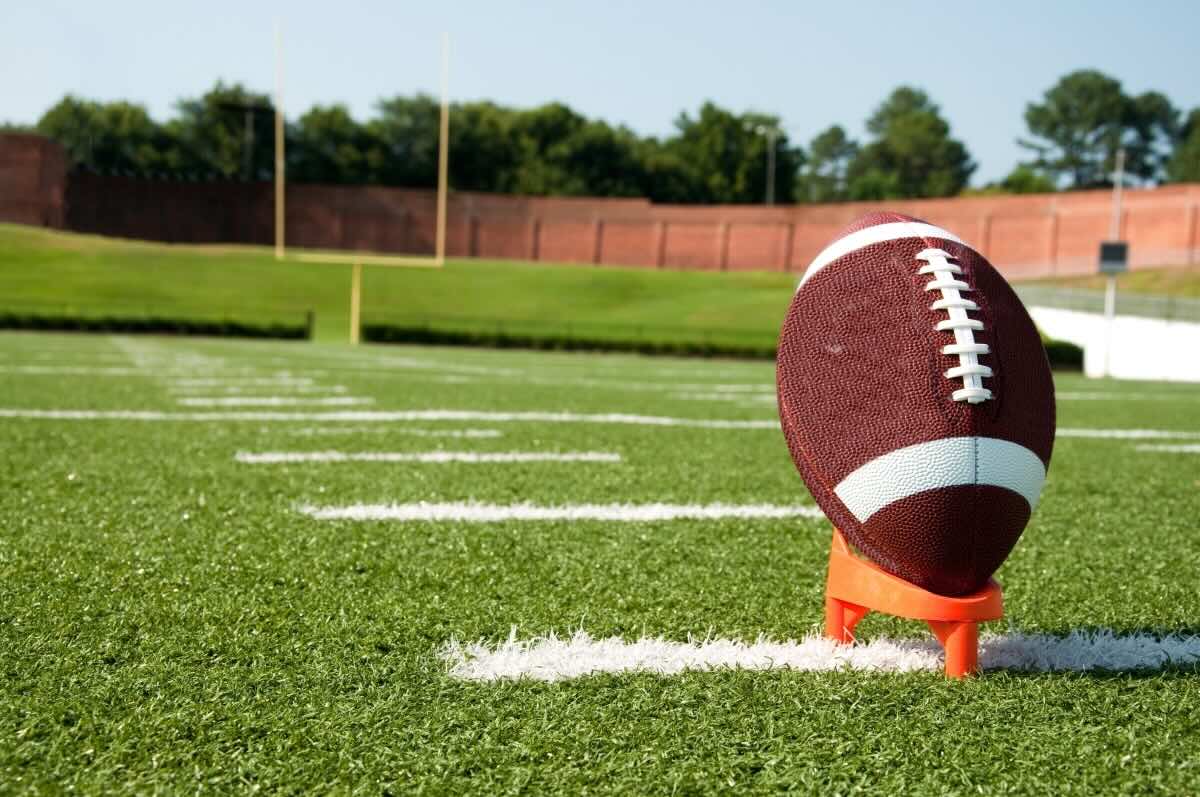
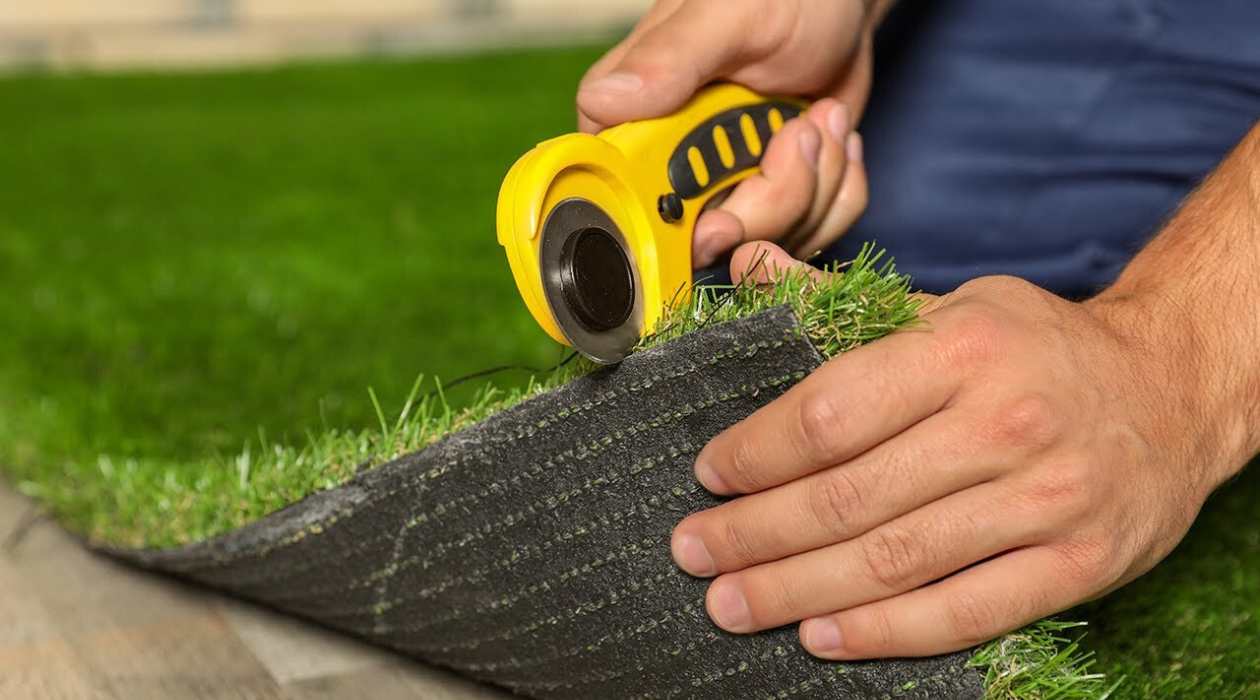
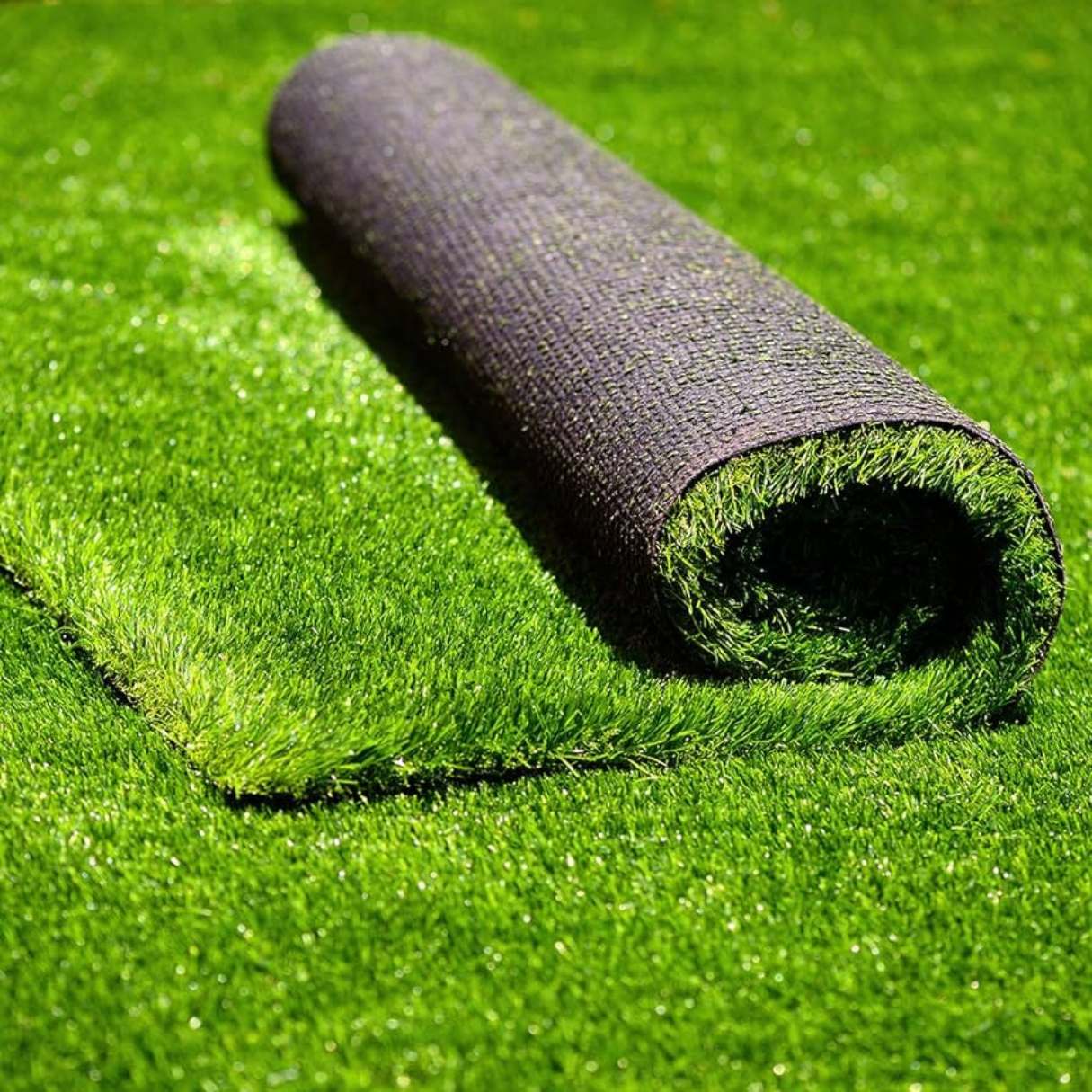

0 thoughts on “What Is The Difference Between Artificial Grass And Astro Turf”